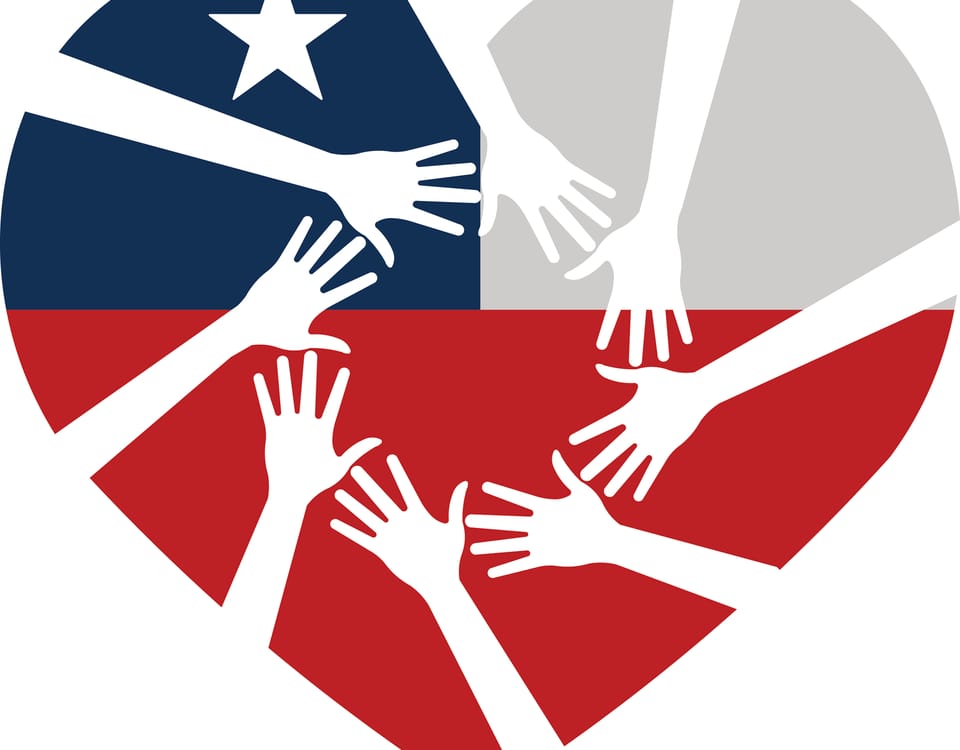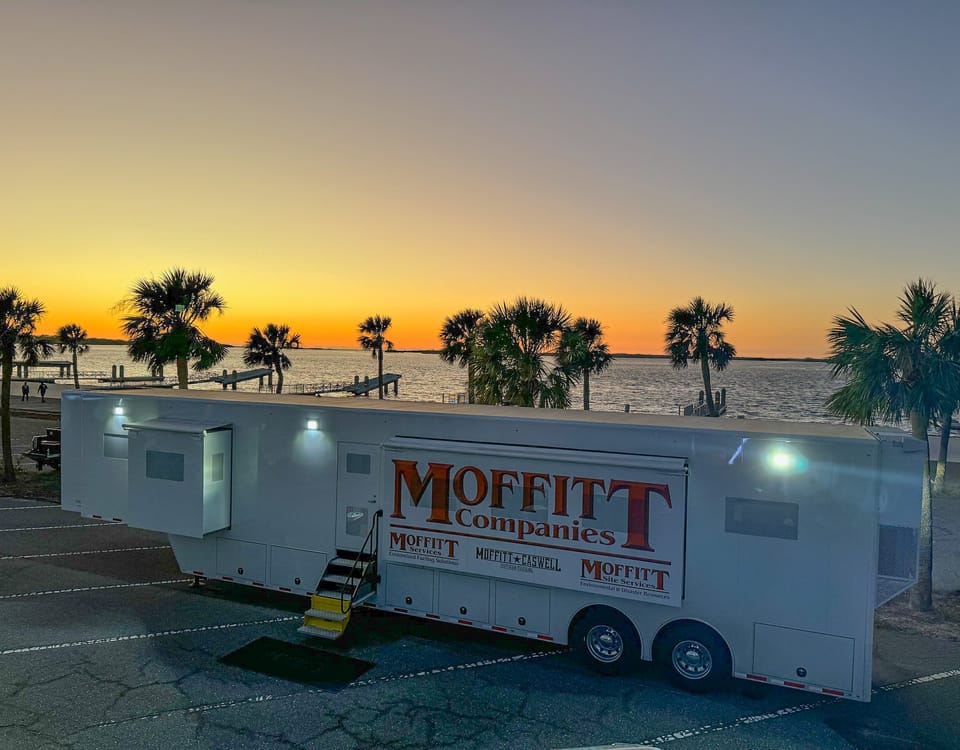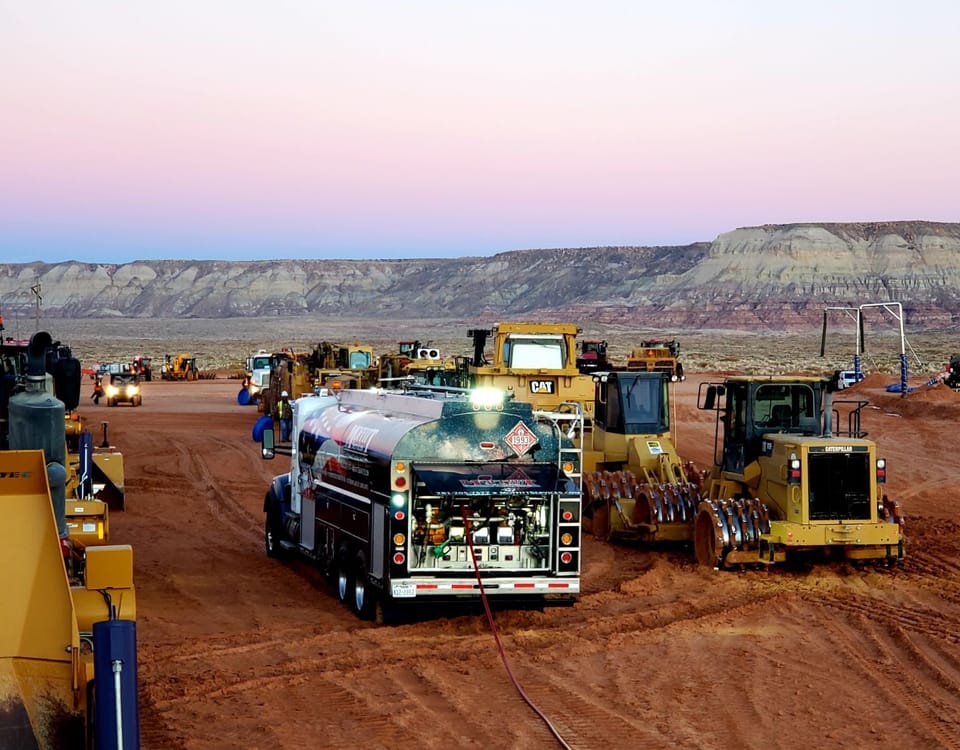
Swiftly, natural disasters can hit, leaving communities without vital services. Understanding the affected services is crucial in these times. We’ll discuss impacted services, actions, and safety tips for disaster situations. It’s essential to comprehend the potential effects on services and prioritize safety in these critical moments. Knowing what to do and what not to do during disasters is key, and a few safety tips can make a significant difference if tragedy strikes.
Services at Risk:
- Power Supply: During natural disasters, power grids can fail, plunging entire areas into darkness. This affects everything from communication to daily necessities.
- Water Supply: Contaminated or disrupted water sources can lead to shortages, making clean drinking water scarce.
- Communication Networks: Cell towers and landlines might be damaged, limiting the ability to call for help or stay informed.
- Transportation: Roads and bridges may be impassable, hampering emergency services and evacuation efforts.
- Medical Services: Hospitals may be overwhelmed or inaccessible, making it challenging to receive medical attention.
Important Safety Tips:
- Create an Emergency Kit: Start by assembling a kit containing essentials such as non-perishable food, water, flashlights, batteries, and first-aid supplies. Additionally, consider having a backup generator on hand to power necessary items. This proactive approach can significantly enhance your readiness for any unforeseen eventuality.
- Stay Informed: Listen to battery-powered radios or use smartphones sparingly to conserve battery life for essential updates.
- Preserve Water: Store water in clean containers and, if possible, use purification tablets or boil it before consumption. Often in affected areas, bulk water resources may be available.
- Use Generators Safely: If using a generator, ensure it’s placed outdoors in a well-ventilated area to avoid carbon monoxide poisoning and make sure that the main source of power from the lines has been shut off to avoid back-feeding the line and injuring workers attempting to restore power.
- Prioritize Medical Needs: If someone relies on electric-powered medical equipment, have backup plans or contact local authorities for assistance.
What to Do During a Loss of Services:
Stay Calm
Panic can cloud judgment. Take a deep breath and assess the situation calmly.
Check on Neighbors
Ensure the safety of neighbors, especially the elderly, disabled, or those with young children.
Conserve Resources
Use resources judiciously. Limit unnecessary water usage and conserve food supplies.
Seek Shelter
If your home is compromised, seek shelter in a sturdy building or designated evacuation center.
Follow Official Instructions
Listen to local authorities and follow their directives for evacuation or safety measures.
What NOT to Do During a Loss of Services:
Avoid Open Flames
Do not use candles or open flames for illumination, as they pose a fire hazard.
Don’t Rely Solely on Cell Phones
Cell phone networks may be overloaded. Use sparingly for critical communication.
Do Not Drive Through Floodwaters
Even shallow water can hide dangers. Turn around, don’t drown.
Avoid Spoiled Food
Consume perishables cautiously. When in doubt, it’s better to discard potentially spoiled items.
Don’t Spread Rumors
Stick to verified information from official sources. Avoid contributing to misinformation.
Preparedness and vigilance enable us to navigate natural disasters safely. Consequently, they prevent these calamities from wreaking havoc on our families and communities. By understanding the services at risk and knowing how to act in such situations, we empower ourselves to protect not only us but also those around us. Implementing simple safety tips and having a well-devised plan can significantly impact both individual and community safety. Therefore, it’s crucial to bear in mind that unity and resilience serve as the most potent tools at our disposal in the face of a natural disaster.




